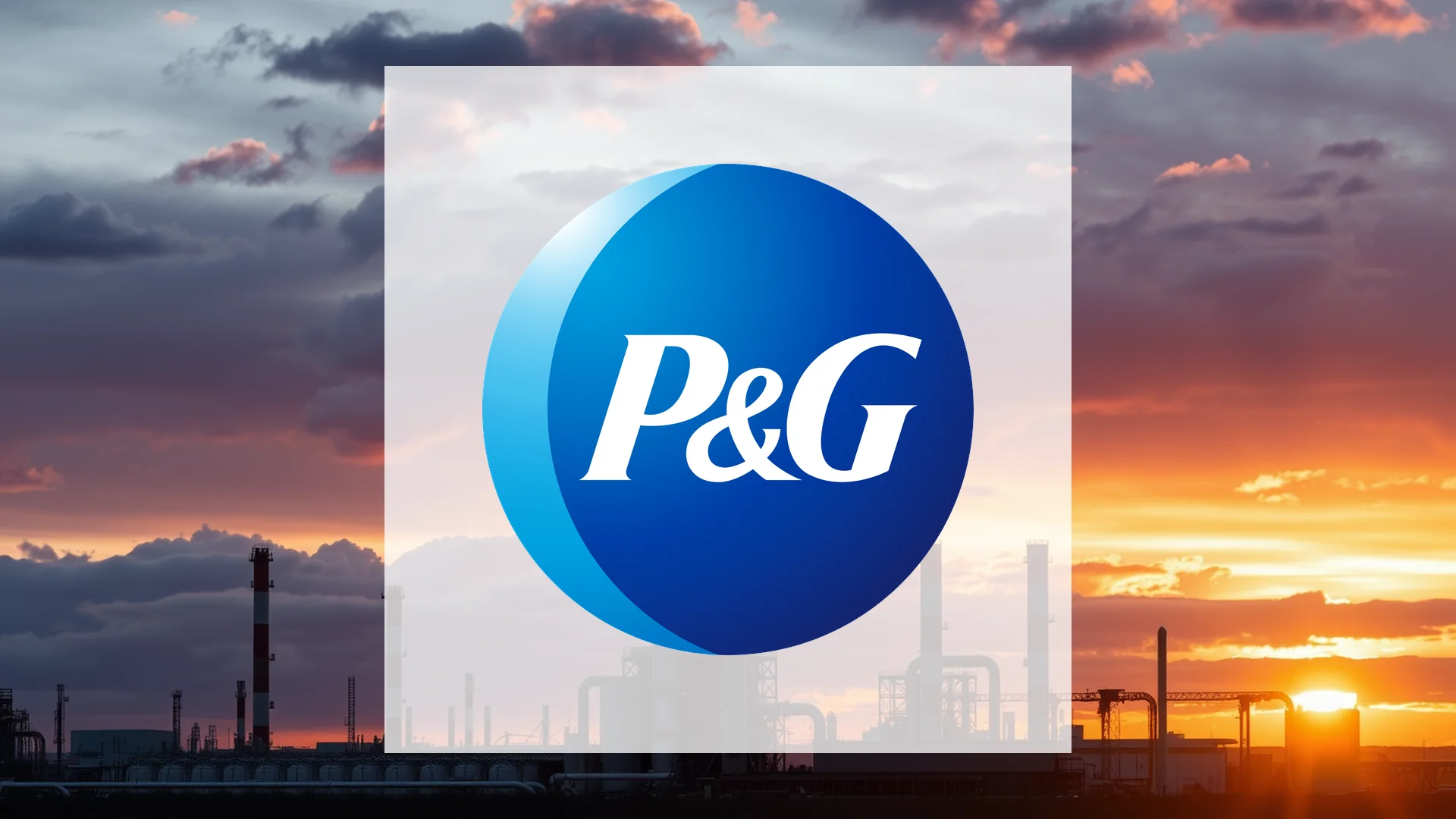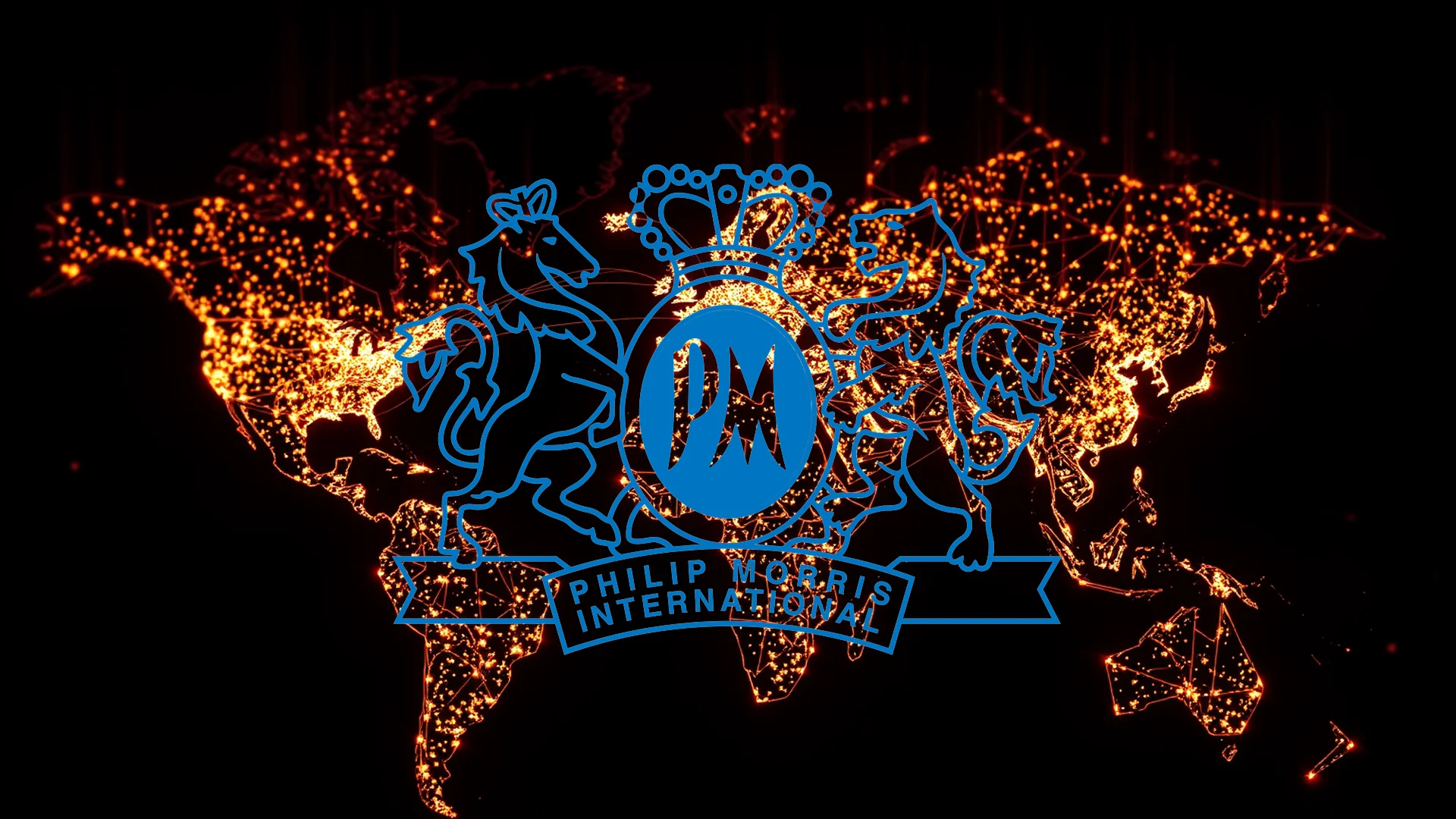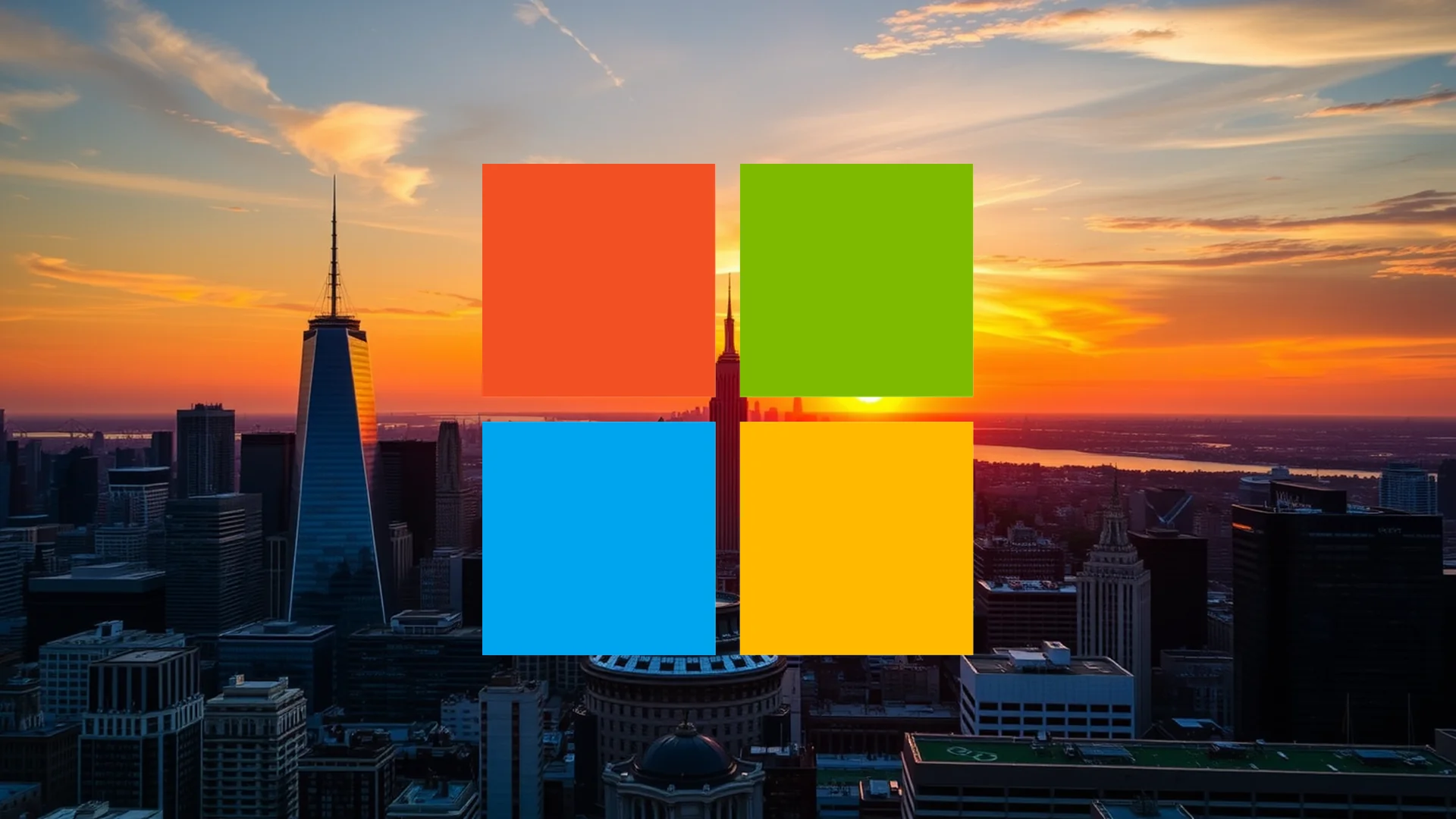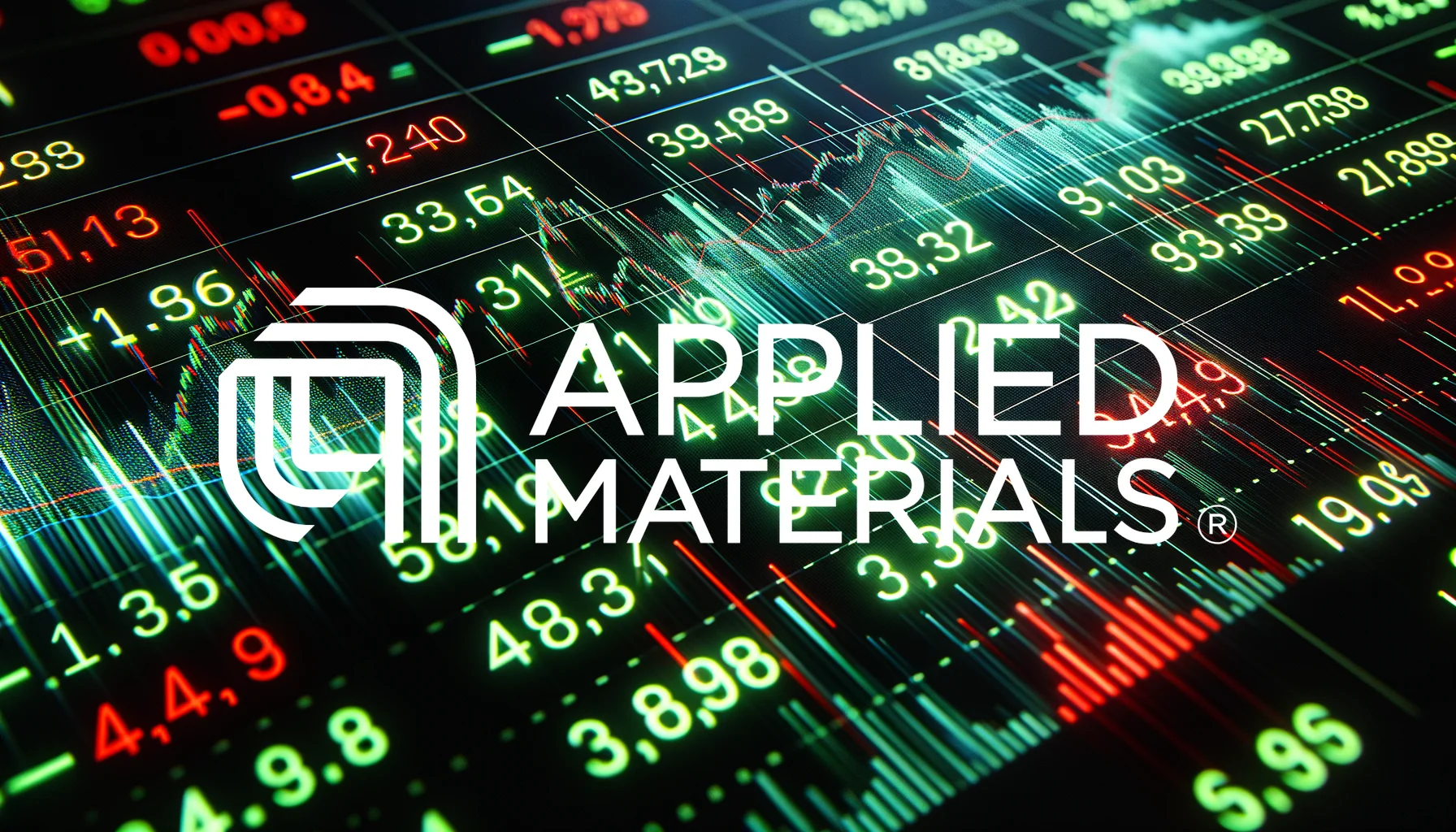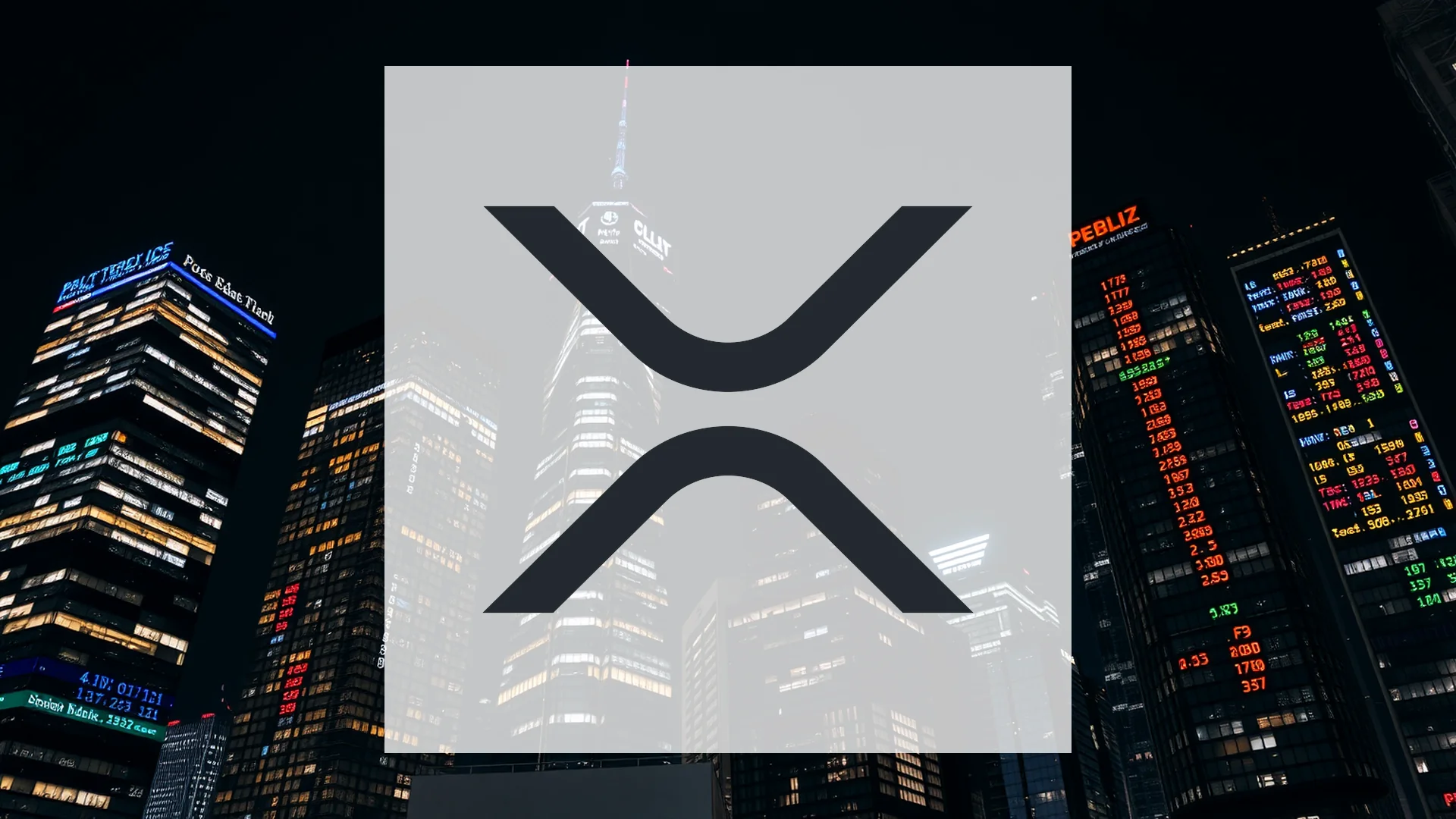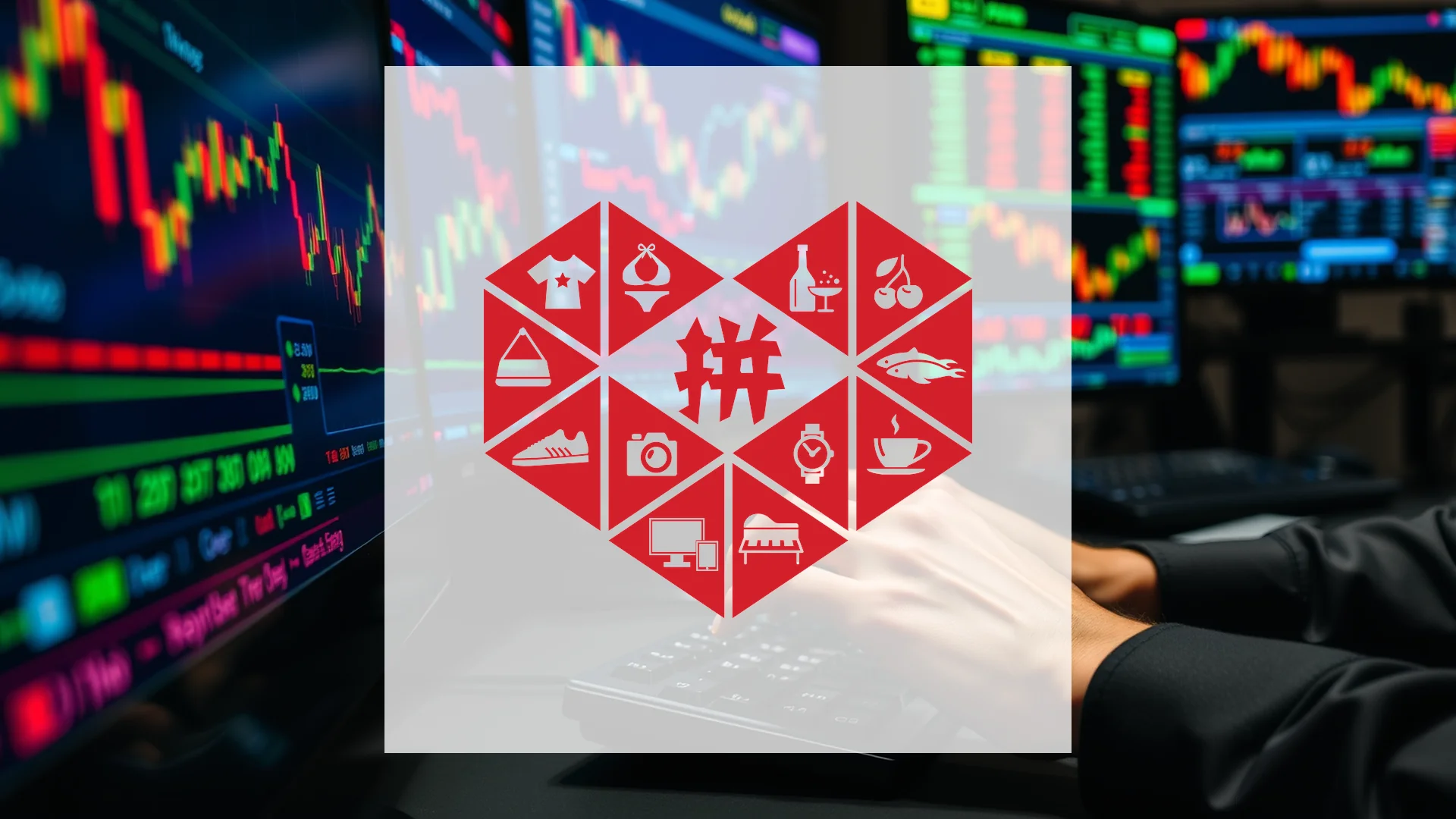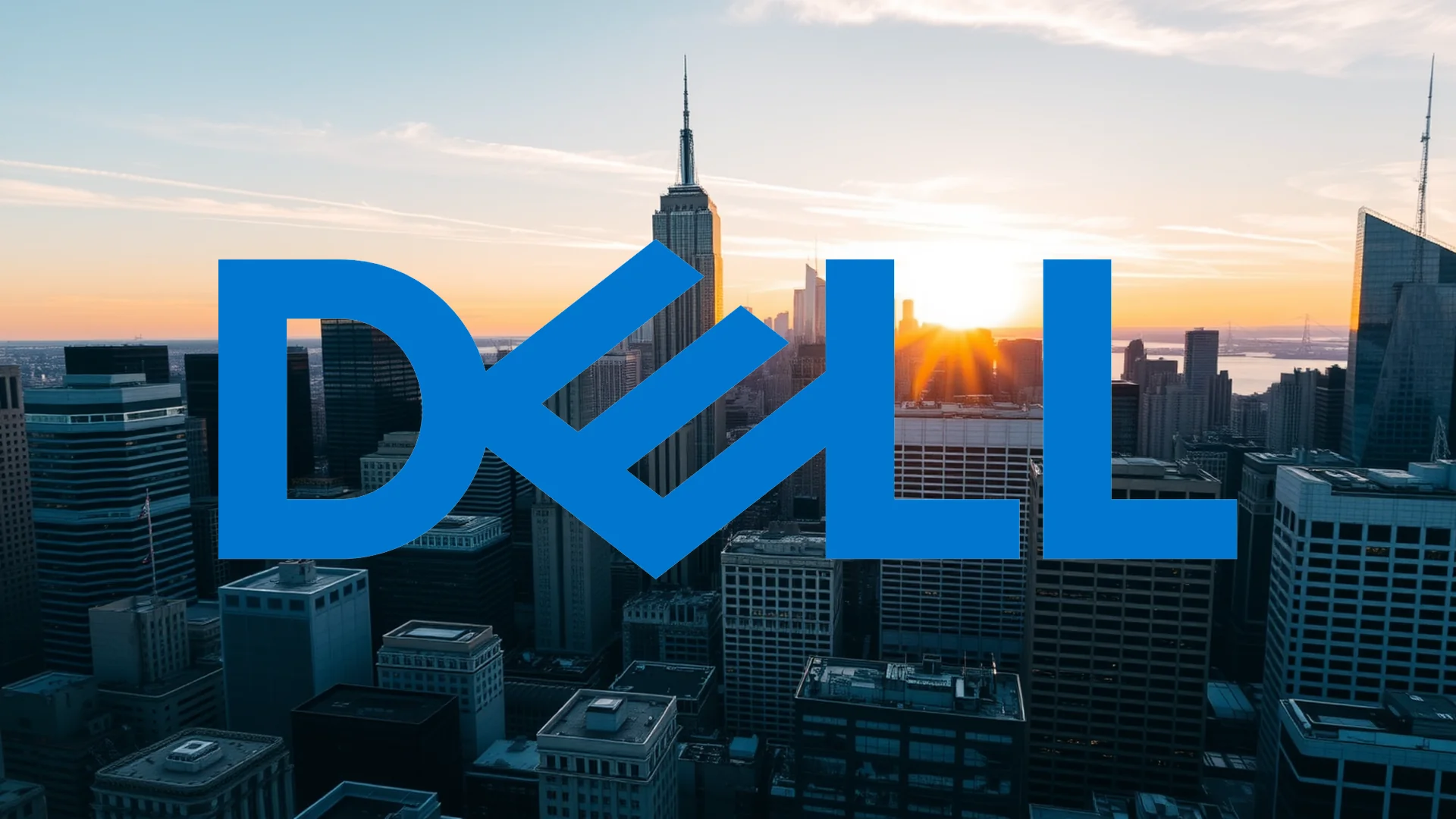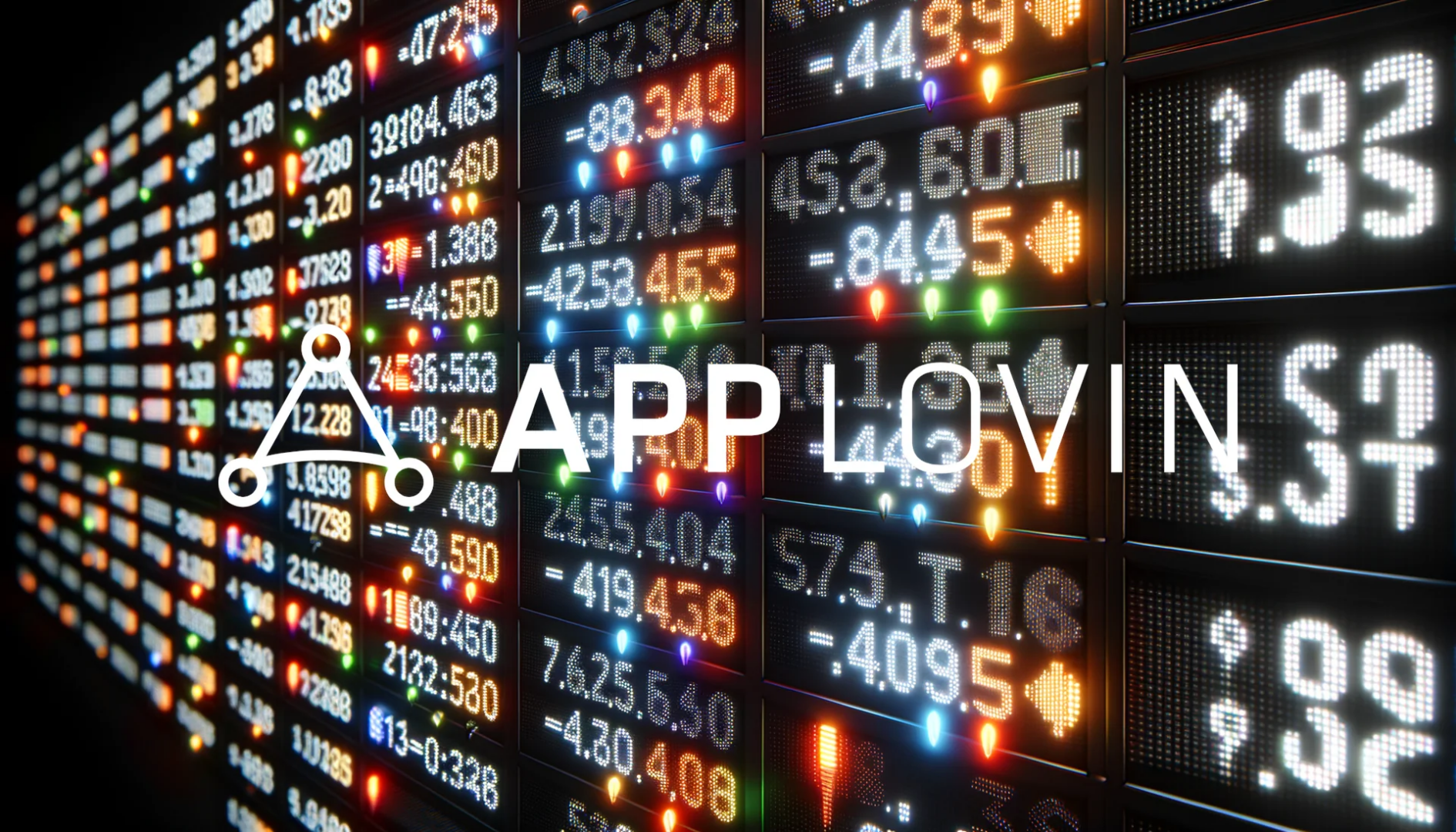Consumer goods titan Procter & Gamble finds itself in a challenging position. While the company’s defensive qualities would typically be an advantage during periods of economic uncertainty, its profit margins are coming under significant pressure from substantial new tariff expenses. CEO Jon Moeller and CFO Andre Schulten addressed this head-on with investors at the Barclays Global Consumer Staples Conference, outlining a clear, albeit expensive, strategy to counter these headwinds.
The Billion-Dollar Tariff Challenge
Trade policy tensions currently represent the most significant threat to P&G’s bottom line. The corporation is projecting pre-tax tariff costs to reach a staggering $1 billion for fiscal year 2026 alone. This financial burden stems from multiple sources: $200 million is attributed to imports from China, another $200 million to Canadian tariffs on U.S. exports, and the remaining $600 million to various global tariff measures.
In response, management has unveiled a plan to mitigate these costs, which includes a pronounced price increase strategy. By the first quarter of 2026, prices for approximately 25% of its product portfolio are scheduled to rise by mid-single-digit percentages. Concurrently, the company is focusing on enhancing productivity and altering its supply chain logistics to absorb a large portion of the tariff impact internally.
Resilient Performance Amidst Pressure
Despite these pronounced challenges, P&G recently reported quarterly earnings that demonstrated remarkable resilience. For the fourth quarter of 2025, the company surpassed analyst forecasts, posting adjusted earnings per share of $1.48 against an expected $1.42. Revenue also exceeded expectations, coming in at $20.89 billion compared to a projected $20.82 billion.
For the full fiscal year 2025, net sales remained largely stable at $84.3 billion, while the company still managed to achieve 2% organic growth. Core earnings per share saw a 4% increase to $6.83, and operating cash flow was a robust $17.8 billion.
Should investors sell immediately? Or is it worth buying Procter & Gamble?
Cautious Optimism from Market Experts
Although P&G’s share price remains nearly 20% below its 52-week high, many analysts maintain a guardedly positive outlook. The consensus rating for the stock is a “Moderate Buy,” with average price targets clustering between $171 and $177. This suggests a notable upside potential from current trading levels.
Barclays recently raised its price target from $161 to $164, and several other firms have reaffirmed their buy recommendations. The average 12-month targets indicate a potential appreciation of 8% to 10%.
A Measured Fiscal 2026 Forecast
The leadership team has adopted a cautiously optimistic stance for fiscal 2026. The company is anticipating revenue growth in a range of 1% to 5%, with earnings per share projected to land between $6.83 and $7.09. However, tariffs are expected to deduct 39 cents per share from earnings, equating to a 6% drag on core profit growth.
P&G’s central challenge is to balance the traditionally defensive nature of the consumer staples sector with these unprecedented cost pressures. As shoppers become more price-conscious and private-label competitors gain traction, the conglomerate must continue to invest in innovation and operational efficiency.
The presentation at the Barclays conference provided investors with a roadmap of management’s strategy to navigate this complex environment. The approach is unambiguous: control costs wherever possible and raise prices where necessary. Whether both consumers and shareholders will equally endorse this path remains the pivotal question for the months ahead.
Ad
Procter & Gamble Stock: Buy or Sell?! New Procter & Gamble Analysis from December 5 delivers the answer:
The latest Procter & Gamble figures speak for themselves: Urgent action needed for Procter & Gamble investors. Is it worth buying or should you sell? Find out what to do now in the current free analysis from December 5.
Procter & Gamble: Buy or sell? Read more here...

